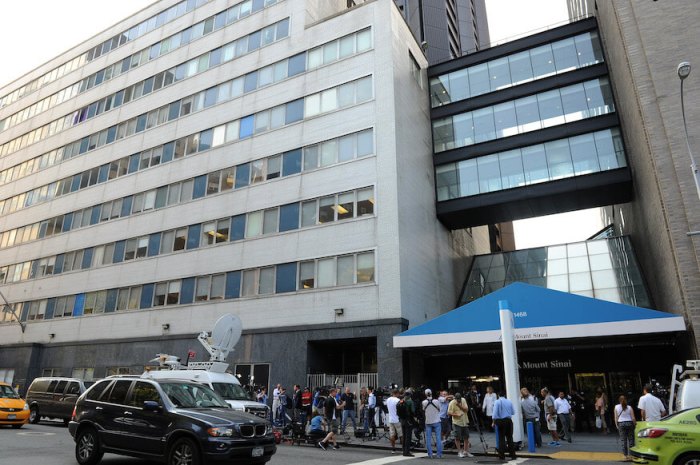If we’re lucky, the worst trouble most of us will have with our eyes can be remedied with glasses or contacts. But eyes are delicate parts of our anatomy, and problems that require deeper intervention aren’t uncommon. In one such condition, keratoconus, the cornea — the clear front layer of the eye — progressively thins out. According to the National Institute of Health, “the middle of the cornea thins, bulges outward, and forms a rounded cone shape. This abnormal curvature of the cornea can cause double or blurred vision, nearsightedness, astigmatism, and increased sensitivity to light.” The condition usually affects both eyes.
In February, Mount Sinai Health System’s Eye and Ear Infirmary started using corneal collagen cross-linking, approved in 2016 by the FDA, to stop the progression of keratoconus. It’s a minimally invasive procedure that uses ultraviolet light and a type of Vitamin B to shore up chemical bonds in the cornea. If used early enough, the treatment can mean better vision and lower the chances of a patient needing a cornea transplant in the future.
We talked to Dr. Emily Waisbren, assistant professor of ophthalmology at Icahn School of Medicine, about the disease and why this procedure is a game-changer in its treatment.
First: What is progressive cornea disease?
Keratoconus is a progressive disease of the corneal tissue where the structural fibers slip with time, causing distortion of vision. It can ultimately lead to scarring and blindness.
Who is at risk?
It is thought to be mulifactorial, meaning both environmental and genetic factors could be involved.
Can anything be done to prevent it?
No, but crosslinking can help halt the progression of the disease.
What is the conventional treatment?
Early on, glasses or contacts are used to correct astigmatism caused by the cornea’s distorted shape. Ultimately, the patient may require a cornea transplant to replace the diseased corneal tissue.
Tell us about the new procedure.
Collagen crosslinking is a treatment used early on to stop progression of the disease. It uses riboflavin and UV light to strengthen the collagen bonds in the cornea and to prevent further slippage and distortion.
How is success measured?
By lack of progression; by the stability of the patient’s vision and refractive error.
Who isn’t a good candidate for the surgery?
The cornea has to be a certain thickness in order to ensure that the treatment does not cause any harm.


















